The Last of Us Part 2 Remastered comes with a brand new gameplay mode for players to mess around with, titled No Return. This is basically a rogue-like mode that offers up new challenges to keep you playing long after you’ve beaten the campaign. Here’s everything you need to know about the encounter types in The Last of Us: No Return.
The Last of Us: No Return Encounter Types Explained
There are a total of four different encounter types in The Last of Us: No Return. They are Assault, Capture, Holdout, and Hunted. Each encounter type gives you a different objective to fulfill in a fresh run, which helps make all your runs feel fresh and a little different from the previous one.
The encounter type you get in each run is randomized, so it’s best to get acquainted with the objectives of each one before you jump into the game.
Assault
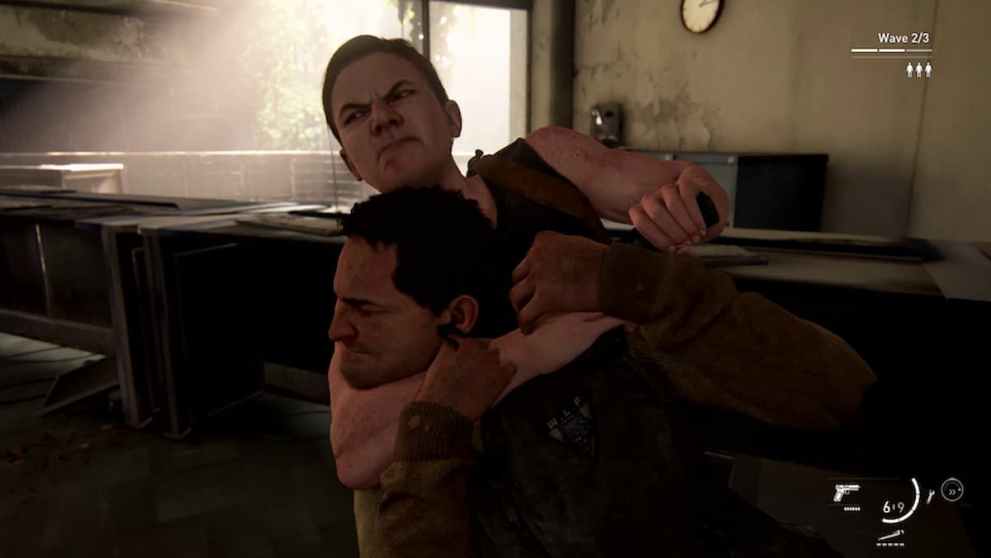
The Assault encounter type is pretty straightforward. All you have to do is survive against waves of enemies. You’ll have a little break in-between each wave, but you can expect subsequent waves to be a lot more deadly and dangerous than the previous one.
You should prioritize looting the entire area as early as possible, figure out where you can run to and where your safe corners are. By the time you hit the later waves, you should hopefully have a decent idea of where to run and hide, making it easier for you to deal with your foes.
Capture
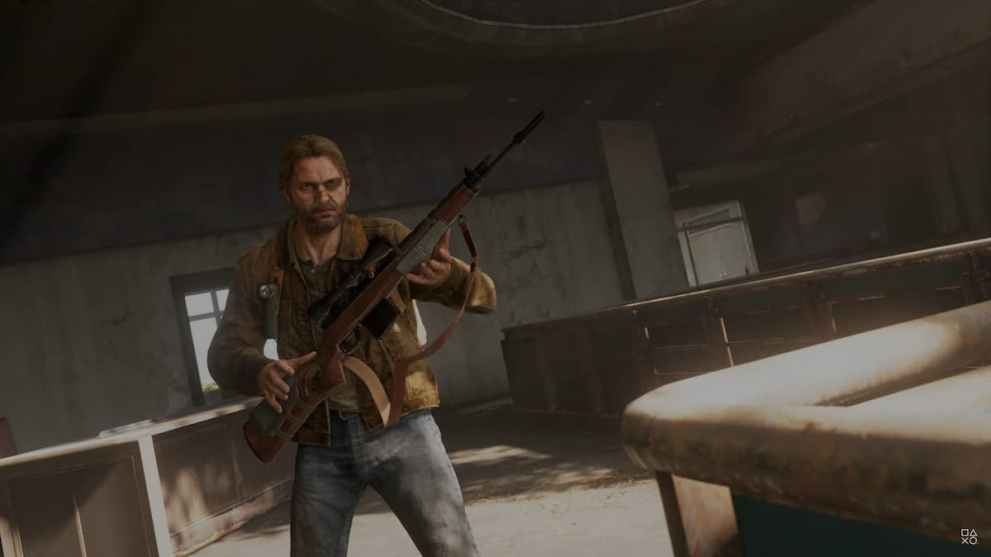
The Capture encounter type in The Last of Us: No Return tasks you with breaking into a safe to obtain supplies and resources. However, the safe is heavily guarded by enemies, and you’ll need to figure out how to infiltrate their territory to get to your objective.
Stealth is favored here, though it’s also possible to run in guns blazing if you’re confident enough for it.
You’ll still need to face off against a boss after looting the safe, though, so be prepared for that.
Holdout
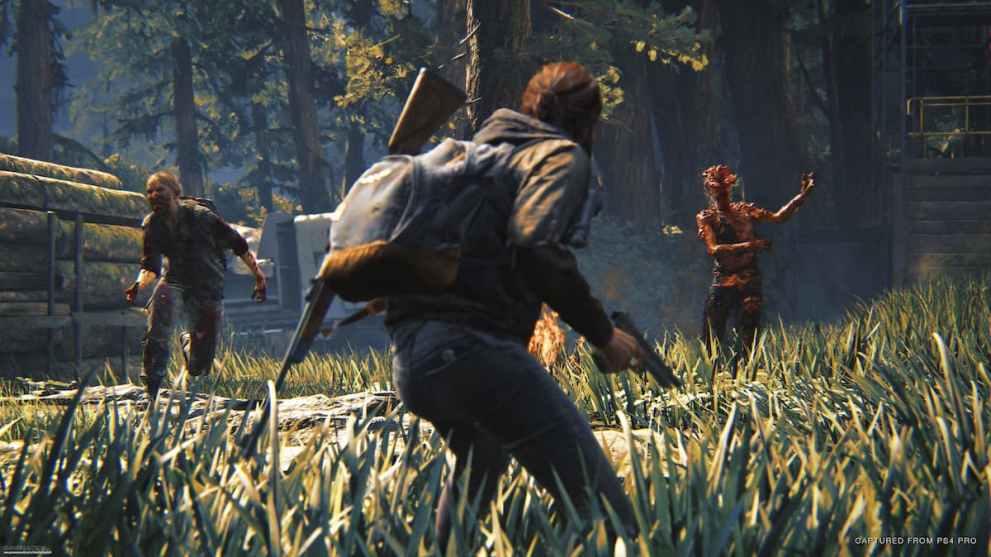
Holdout is a cooperative mode where you and an AI-controlled partner will need to defend a small area against waves of enemies. This is pretty similar to Assault, except you have a bit of extra help to fall back on. However, you can also expect there to be more enemies in each wave.
Hunted
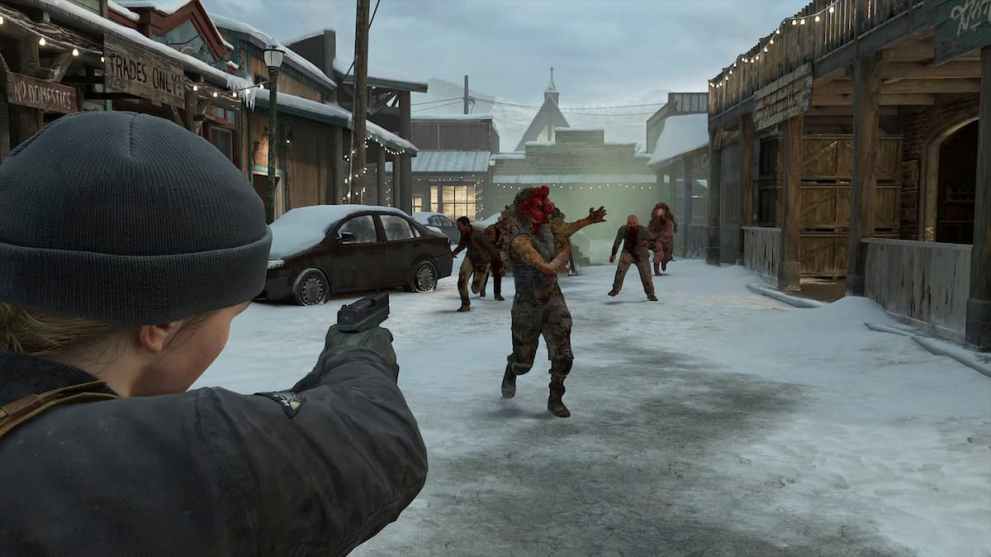
Finally, the Hunted encounter type might be one of the more challenging ones in The Last of Us: No Return, as this requires you to survive until a timer runs out as enemies relentlessly try to hunt you down and kill you.
All four encounter types can take place in any location offered in No Return, and there will also be random mods applied to each run to keep things spicy.
That’s all you need to know about the different encounter types in The Last of Us: No Return. Be sure to search for Twinfinite for more tips and information on the game.

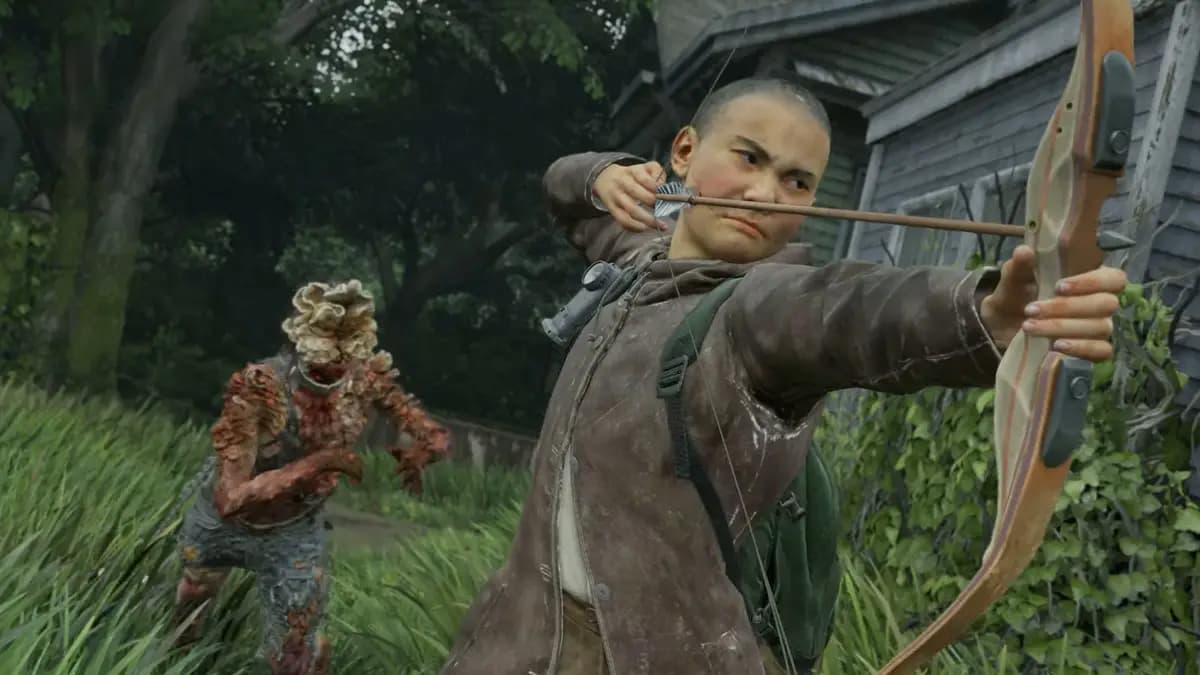

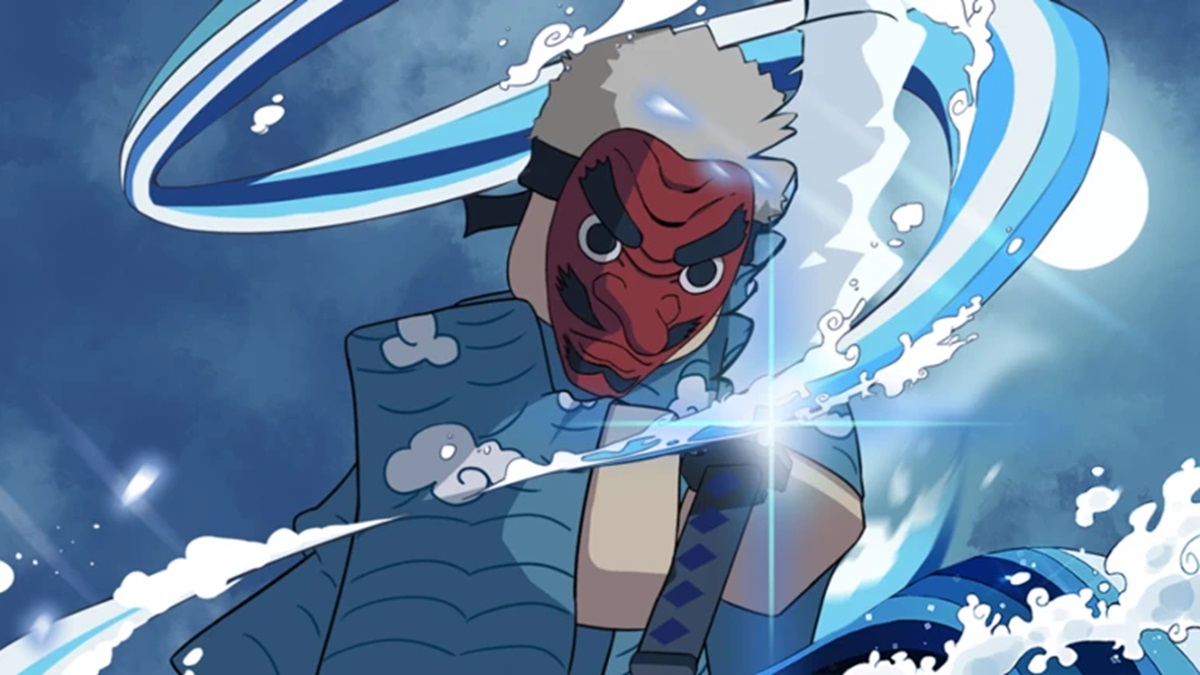
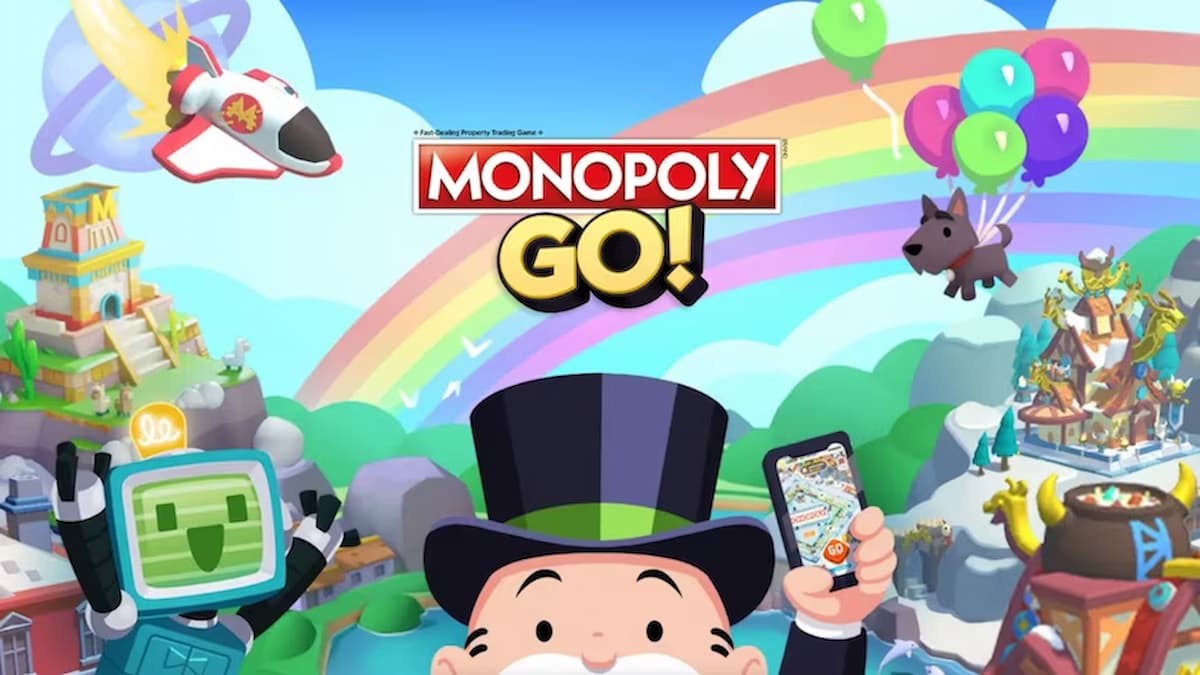
Published: Jan 19, 2024 12:01 am